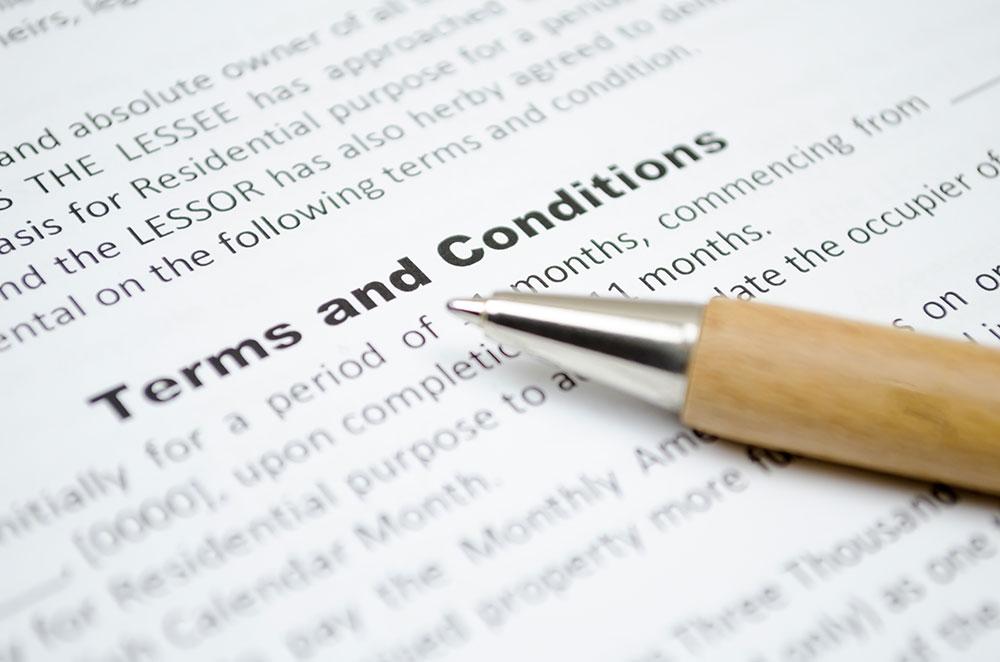How to Derive what Your Visitors Want to Know and in What Order.
Question Zoning aims to improve the quality of communications with your visitors and hence improve the level of success you are experiencing from your website.
From your visitors point of view, they are looking for information to satisfy their wants and needs. For them, a great website is one that delivers the results they are looking for efficiently and honestly.
From your point of view, you want your visitors to turn into long term customers. For you, your website will be a success if it reflects the passion behind your business and attracts great customers.
Both can be achieved by ensuring that your visitors are being provided with the information they are looking for and yet know that more information is available on their return visit.
Question Zoning uses the information obtained from your Marketing Analysis exercises. This enables you to collect anticipated customer questions based on scenarios and quality issues. The responses you create will be used to guide and nurture your visitors to become returning visitors and eventually customers.
















